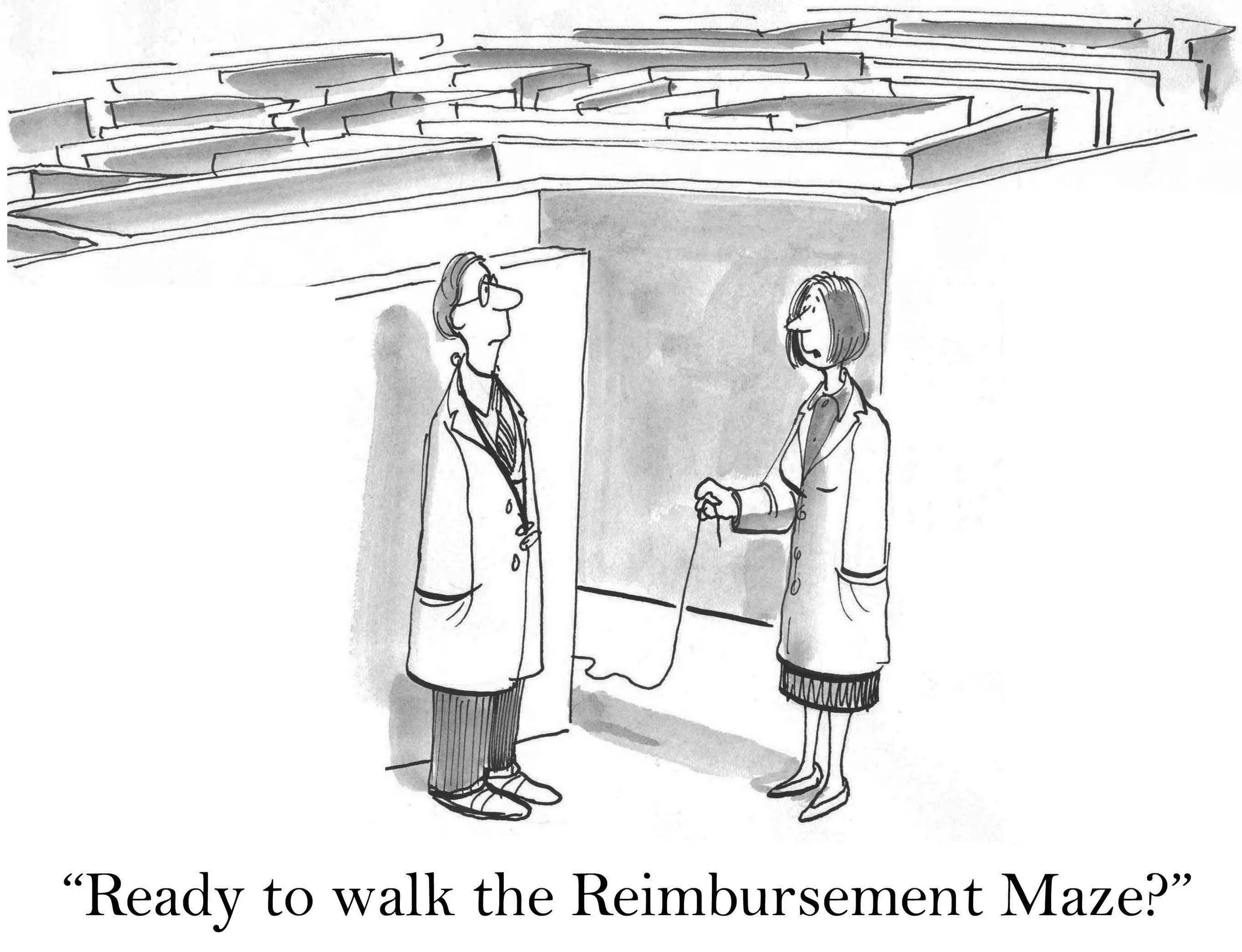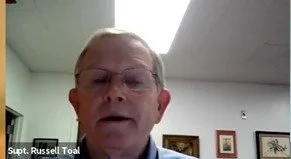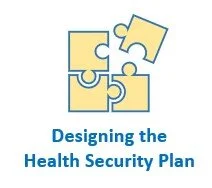1. Investigation of federal waivers and agreements (regarding Medicaid, Medicare, and the Affordable Care Act’s Waiver for State Innovation, etc.) that will set the parameters of what we can and cannot do. Obviously, we want to maximize federal funding, and compliance with current regulations is necessary to make the Health Security Plan a reality.
2. Research that identifies all the topics and data required to be able to conduct a solid cost analysis of the Health Security Plan. After the structure and details of the Health Security Plan have been determined, a cost analysis will need to be conducted of the Plan as designed (not as projected, which is what the three existing studies analyzed). By identifying what data points will be needed to do that analysis, we can make sure that all that information is collected. This research area should result in an overall blueprint of what needs to be done.
3. Exploration of provider payment system methodologies, taking into consideration different settings – private practices, independent group practices, group practices affiliated with hospitals, and salaried health care providers (such as salaried physicians who work for hospitals).
This research should include the pros and cons of fee for service, value-based options, and other payment mechanisms, including an all-payer rate payment system. (An all-payer system sets uniform reimbursement rates that apply to all health care providers and to all payers, or insurers, in a state.)
This line of research should provide a range of options that might possibly work across settings and simplify what has become a complicated and error-prone coding system. The coding systems currently used by public and private insurers are complex, costly, time consuming and frustrating for providers, and take time away from patient care.
4. Research on global budgets for hospitals. Global budgets are another name for fixed operating budgets. Under a global budget system, hospitals and other health facilities have a predictable, sustainable revenue stream to cover their costs; they no longer need to rely on a complex fee-for-service system.
Senator Ortiz y Pino’s 2021 global budgets bill (SB 351), which was introduced late in the session, would have created a task force whose goal was to come up with a global budget system that works for New Mexico and to request funding from the Centers for Medicare & Medicaid Services (CMS) to develop it. Both Maryland and Pennsylvania have received substantial multiyear funding to develop such a system (within the current private insurance structure). The New Mexico Hospital Association testified in favor of SB 351, and this approach is expected to especially help rural hospitals in our state.
The priority issue areas that we had identified included two beyond the four that Superintendent Toal feels are doable within the first year. These two additional areas are bulk purchasing of drugs, medical equipment, and supplies, and IT system requirements. Rep. Armstrong has noted that the interim Legislative Health and Human Services Committee will be working on the issue of bulk purchasing of drugs, so hopefully that will be moving forward separately.
Additional areas to be researched can be found here. Everyday New Mexicans, medical professionals, and state legislators need to have full information on what the options are before making decisions on what the Health Security Plan will include!
We are proud that New Mexico is the first state to take the groundbreaking step of developing its own health plan – and we know this wouldn’t be happening without the dedication of Health Security supporters across the state. Thank you!

















